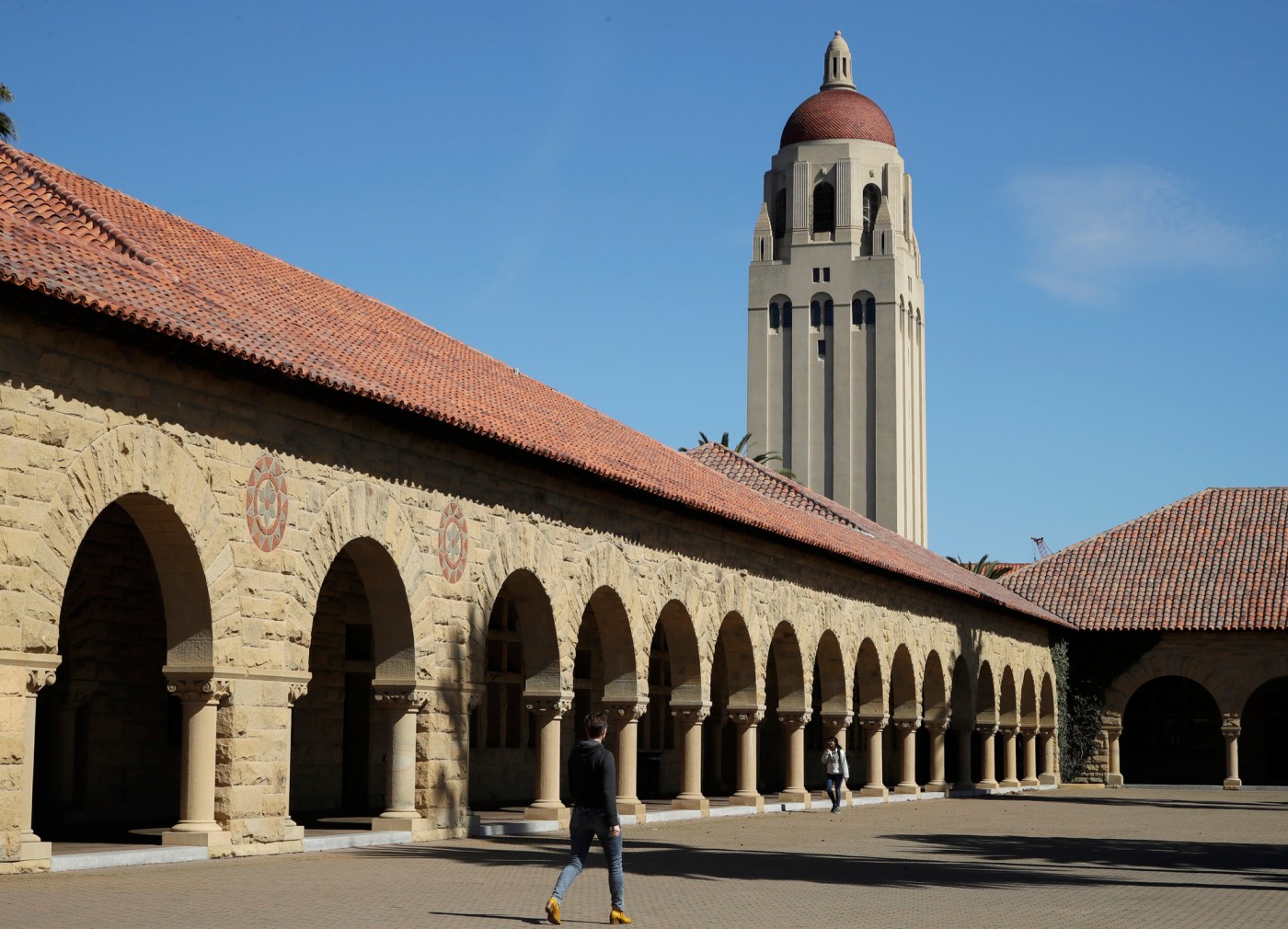
Stanford study: Political bias can be more important than truth among news consumers
Highlighting the challenges of dealing with disinformation, a new study published last month by Stanford University researchers suggests that partisan bias often outweighs the truth in influencing how people consume news.
While it may seem unsurprising to those who have been paying close attention, the findings published in the Journal of Experimental Psychology: General challenge the assumption that only less-educated, conservative-leaning individuals are susceptible to disinformation or bias.
“What we found was that even with outrageous headlines — where you’d expect truth to have a significant impact — political concordance (how the information aligns with personal beliefs) still mattered twice as much,” said study co-author Geoffrey Cohen, a professor in the Department of Psychology at Stanford University. “We all know political concordance can be important, but we don’t fully realize just how much it matters and how little truthfulness matters relative to what we think it should.”
The study was conducted alongside fellow psychology professor Michael Schwalbe through 15- to 20-minute online interviews over two months prior to the 2022 midterm elections. It was published during a heated and closely contested presidential campaign between Democratic nominee Kamala Harris and Republican candidate Donald Trump, who is attempting to return to the White House after his 2020 loss to Joe Biden.
Questions mainly revolved around accurate and false stories regarding Trump.
“It was the extent to which participants supported or opposed Trump. We created four types of news stories in a two-by-two design: some were pro-Trump, some were anti-Trump, some were fake, and some were true,” Cohen said. “We developed these news stories ourselves and had a U.S. census-matched sample read the various headlines. They evaluated the truthfulness of each story, how much they believed them, and how likely they were to share them.”
Related Articles
Stanford students rally in support of students facing disciplinary action for staging sit-in
Stanford looks to capitalize on home-heavy portion of schedule, but questions remain at QB and pass defense
When the lung cancer patient is a beloved Stanford teacher and physician
How Republicans pushed Silicon Valley to stop fighting election misinformation
Stanford psychologist behind the controversial ‘Stanford Prison Experiment’ dies at 91
Beyond susceptibility to disinformation, the study found that partisan bias had a stronger influence on whether individuals accepted truthful news compared to actual fake news. This means people were more likely to reject truthful information that conflicted with their beliefs and to accept false information that aligned with their biases.
The research team developed sensational fake headlines like “Trump Beats Grandmaster Chess Champion” and “Trump Attended Private Halloween Gala with Sex Orgies Dressed as the Pope.” They found that both Trump supporters and opponents were more likely to believe these headlines if they aligned with their political views, than to trust true headlines that contradicted their beliefs.
“We found that even for those outrageous headlines, even when the effect of truth should be really, really big, just given the nature of our stimuli, it was still the case that political concordance mattered twice as much,” Cohen said.
While both sides demonstrated bias toward their own political beliefs, Trump supporters reported higher levels of one-sided media consumption. They also displayed a stronger “objectivity illusion,” or the belief that their own side was less biased and more objective than the opposing side.
“On the other side, it (anti-Trump individuals) showed up in our study as people believing hateful and extremely negative news about Trump, even if it wasn’t true,” Cohen said. “They preferred negative news stories about Trump over positive ones, and for them, the effect of political alignment was roughly twice as strong as the actual truth of the story.”
Mitigating or reducing bias among news consumers remains a complex challenge.
The study suggested several solutions, including fact-checking labels and “prebunking” techniques, meaning exposing news consumers to tactics used in spreading disinformation. Raising awareness of human biases and encouraging self-reflection could help individuals recognize their own bias, the study said.
It also discussed media policy reforms, such as reinstating the U.S. Fairness Doctrine, which was abolished by the Federal Communications Commission in 1987, to reduce hyperpartisan reporting and encourage more balanced news coverage. This proposal, however, would be controversial, as opponents of the Fairness Doctrine at the time argued that it infringed on free speech, discouraged broadcasters from covering controversial topics, and imposed undue burdens on broadcasters while being impractical to enforce objectively across the industry.
The study also advocated for information transparency, accountability, and public trust in institutions through open data, whistleblower protections, and stronger cybersecurity measures, seen as a way to guide the public toward reliable sources.
On an individual level, Cohen emphasized the importance of encouraging “humility” among news consumers, especially in educational settings.
“One is humility. It’s almost like a civic virtue, right?” Cohen said. “But you have to be a defensive driver when it comes to your mind, understanding that others are vying to control and influence it, but ultimately, you are in control of your own mind.”


